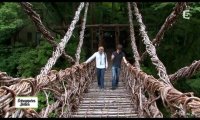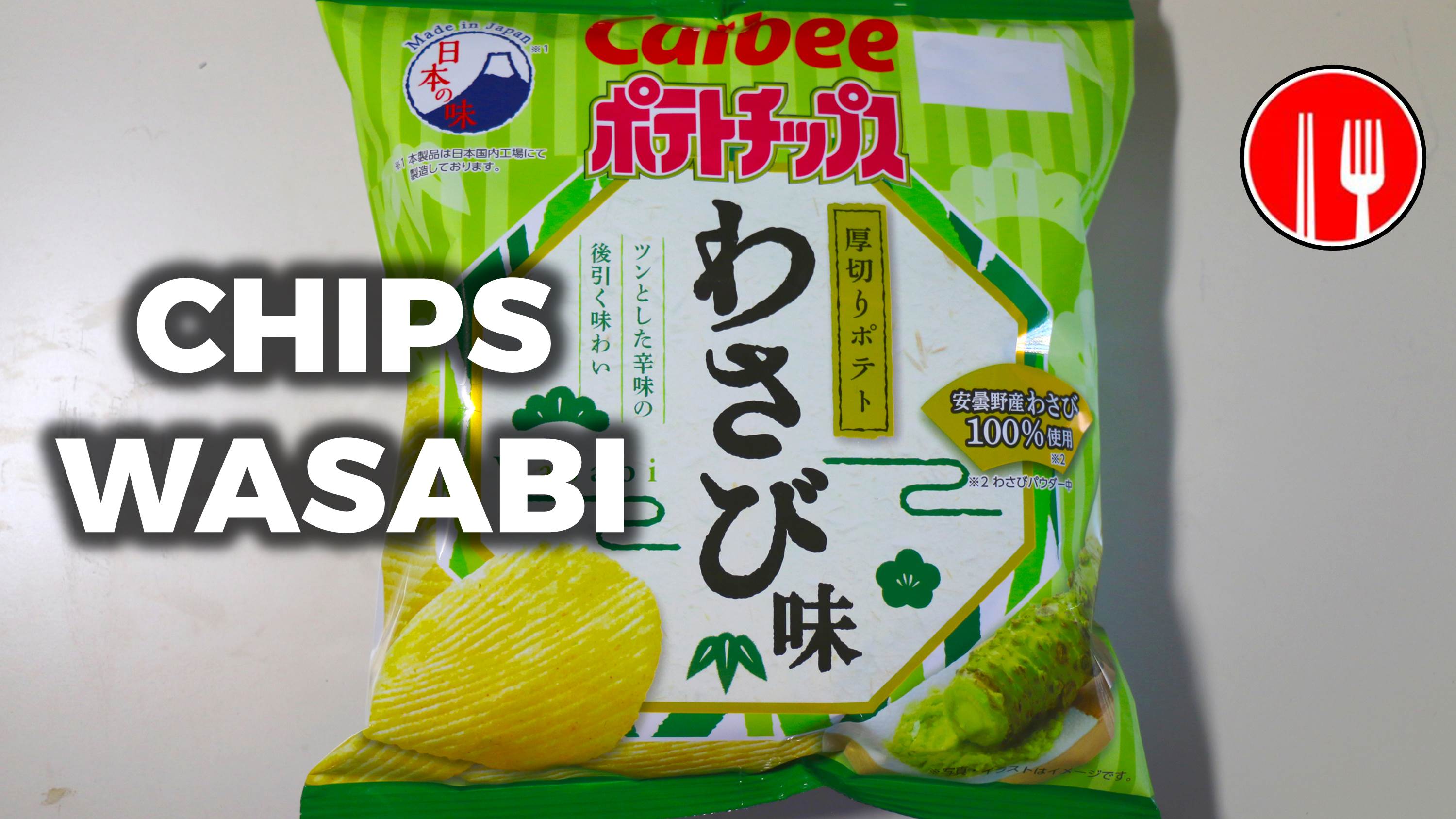
Échappées Belles - Jérôme Pitorin - Japon éternel
Year of production : 2012Producer / Presenter : Jérôme Pitorin
Duration : 90 min.
TV Channel : France 5
Language : FR
Description
In this episode of Échappées Belles, Jerome will make us discover a traditional Japan with its ancestral customs.First, Jerome will make us a little tour of the city of Kyoto with the Temple of Fushimi-Inari and its thousands of vermilion Torii (gate). Then he will attend a tea ceremony with a master of tea. After a short bike ride through the bamboo forest of Saga-Arashiyama, Kyoto suburb, the attachment of the Japanese to nature will be explain through their gardens but also Ikebana, the Japanese floral art. A master of Ikebana explains how in ikebana can be seen the metaphor of life. Then through the visit of Tōji-in temple and its stone garden, we discover the primary virtues of Japanese gardens, the calming of the soul. Jerome will then enter the world of the Geisha, commonly called Geiko andtheir apprentices Maiko in Gion district. Finally, Jerome will be introduced to the world of the Samurai and their associated arts such as sumi-e painting or the art of handling the katana or the art of archery on horseback. Many rituals surrounding the samurai of modern times, still considered warriors apprentices.
In the second part, Jerome took the Shinkansen and the ferry to the island of Shodoshima near Okayama for a spiritual quest at the Buddhist temple. He will first discover the traditional way of making soy sauce. Then we'll meet the Ama, a group of traditional fisherwomen snorkeling in the Ise Peninsula, southeast of Nara. Jerome takes after the road to the valley of Iya on Shikoku island to see a traditional home improvement project with their thatched roofs. In Shikoku, nature is preserved and the culture of tea abundant but the area is abandoned by the young people. The farmer's life does not interest at all Japanese youth today. In Iya, before going to see the onsen, Jerome crosses the famous vine bridge of Heike clan.
Jerome's trip ends at Buddhist monastery on Mount Koya, south of Nara. The beauty and serenity of the place is impressive. It is a temple built by Kobo Daishi, holy founder of the Shingon Buddhist school in Japan. Each year, the temple receives approximately 1 million visitors and it also works as a hostel for pilgrims and visitors. Two religions coexist in Japan Buddhism and Shintoism. The Angu sanctuary on the peninsula of Ise outlines the Shinto belief and the practice of the two religions in Japan. Then we see a bamboo festival at the Buddhist temple of Daian-ji in Nara. The two religions are complementary, the Japanese consider Shinto as the religion of life and Buddhism as the one of death. Difficult for other religions to make room. Yet a sect managed to establish itself, the Tenrikyo sect with its 2 million followers. This sect was founded in the nineteenth century with its unique god Oyagami. Finally, we return to Mount Koya, where at 5 am, Jerome participate in morning prayers. Then he will visit the cemetery of the temple guided by the headpriest of the monastery who will share some of his spiritual experience.















